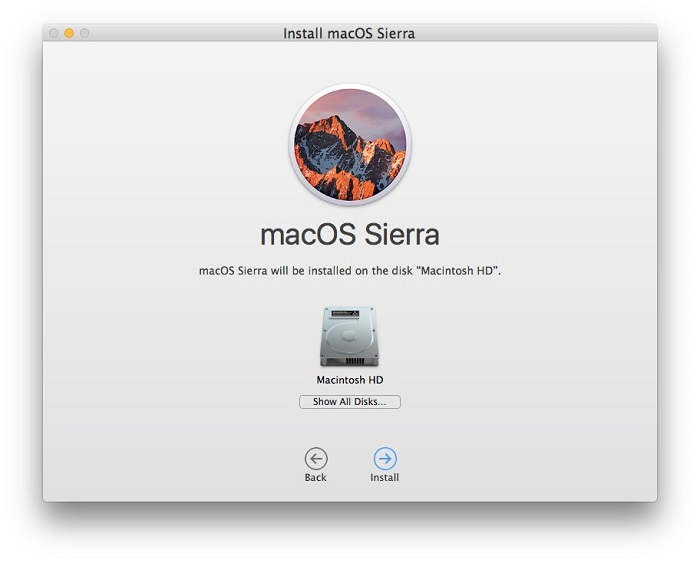Hey all!
How to Recover Accidentally Erased Macintosh HD in Disk Utility Download and Install the SFWare Partition Recovery tool on your system. Now you need to go back to Disk Utility to delete the Macintosh HD. You have to do both steps as you won't just be able to reinstall macOS over the top of macOS. And you will need to reinstall the.
My understanding of the whole Macintosh HD and Macintosh HD - Data in Catalina was that you could delete, restore, modify the OS without affecting your data. I was having issues with my Catalina OS, so what I did was format the Macintosh HD drive while leaving the Macintosh HD - Data drive alone. I then installed Catalina onto the Macintosh HD drive.
When it was done, I assumed it would associate itself with the pre-existing Data drive, but it didn't. Instead, it created a new Data drive and during setup it offered the old one as a drive I could import data from, but it wanted to duplicate the data to the new Data drive, and I don't have enough disk space to duplicate all the user data.
I tested moving one of the User folders from the old Data drive to the new one, but that didn't allow me to log into that user.
Is there a way for me to somehow tell macOS that the Data drive it should be looking at and associating with is the old one? I'm not sure how else to do this - all of the data is there on the drive, but the OS isn't seeing it as something I can log into as far as the User folder there.
Power a 360 controller driver.
In Disk Utility, it shows the 3 drives:
Macintosh HD - Mount Point: / - this has a little Finder icon on the disk. Under APFS Volume it says macOS 10.15
Macintosh HD - Data - Mount Point: /System/Volumes/Data - this is the new, empty one. It has a little Home icon on the disk. Under APFS Volume it says macOS 10.15
Sony vegas 7 keygen torrent. Macintish HD - Data - Mount Points: /Volumes/Macintosh - Data - this is the old one with all the data, there is no icon on the disk. This has no macOS indicator under APFS volume.
Macintosh Hd Deleted
Most users use Disk Utility to erase a disk or hard drive. But some Mac users might need to erase them from the command line on Mac OS. To do that, the only thing you need is a bit of precise syntax to make sure that you are erasing the proper disk.

I Erased My Macintosh Hd
Here I'll show you how you can erase and format a disk using the command line.
Erasing Macintosh Hd Failed
Working with TerminalStart off by running the following command in the command line: Diskutil list
This is going to list all the mounted drives on your Mac.
Once you have found the proper drive to erase, just copy its identifier so you can use it for the next command. Then pick a name and a system format type. This is the syntax we need: Diskutil eraseDisk FILESYSTEM DISKNAME DISKIDENTIFIER
Let's say the disk I want to erase has '/dev/disk5s2' as its identifier and I'm going to use Mac OS Extended Journaled (JHFS+) as the system format type and name it 'Empty'. The syntax is going to look like this: Diskutil eraseDisk JHFS+ Empty /dev/disk5s2
It's important to keep in mind that if you run the eraseDisk command, the target disk is going to lose all its data, so make sure you are erasing the proper disk. Macintosh hd applications utilities.
Catch a wave slots. If you need different system format types, here are a few references you could use instead of JHFS+:
- Mac OS Extended: HFS+
- MS-DOS fat32: FAT32
- ExFAT: ExFAT
